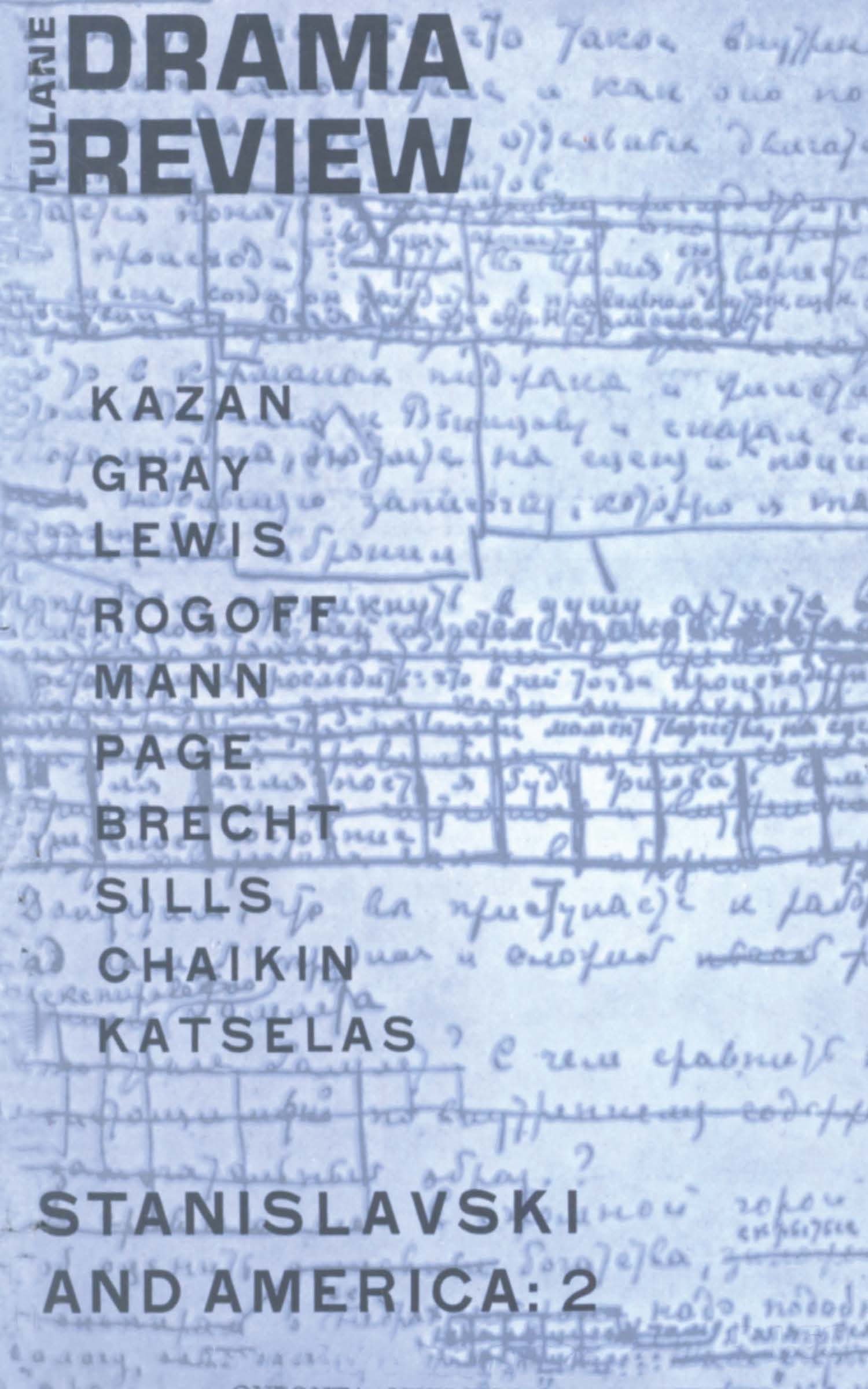No CrossRef data available.
Article contents
Modern Theatre: Points of View and Attack
Published online by Cambridge University Press: 14 February 2022
Extract
The evolution of the theatrical art is so dependent on external realities which are not amenable to change that it can seem meaningless to come forward with any wish or assumptions concerning the direction its development might take. Without reflection the theatre has invariably regarded all well-meant theorizing as only that, and although one really cannot reproach it on this account, it does have on its conscience not a little ungratefulness for genuinely vital and sympathetic interest shown it.
Still, at a time when the art of the theatre itself seems not to have any guiding principle, but rather many conflicting ones, and when tradition is mingled with occasional experiments whose lasting value appears doubtful, when the whole outlook appears confusing to such a great degree, it is, of course, understandable if an author who works with drama or wishes to do so, tries to orient himself a bit, tries to decide what would seem to be essential for the theatre both now and generally; and thereafter attempts to take a stand in regard to the different trends.
- Type
- Research Article
- Information
- Copyright
- Copyright © 1961 The Tulane Drama Review
References
Notes
1 Gustaf af Geijerstam (1858-1909).
2 Böcklin's “The Island of the Dead,” pseudo-art's much praised triumph.
3 Carl August Ehrensvärd (1745-1800), Swedish artist, author, and aesthetician.
4 The periodical, The Mask, Florence.


